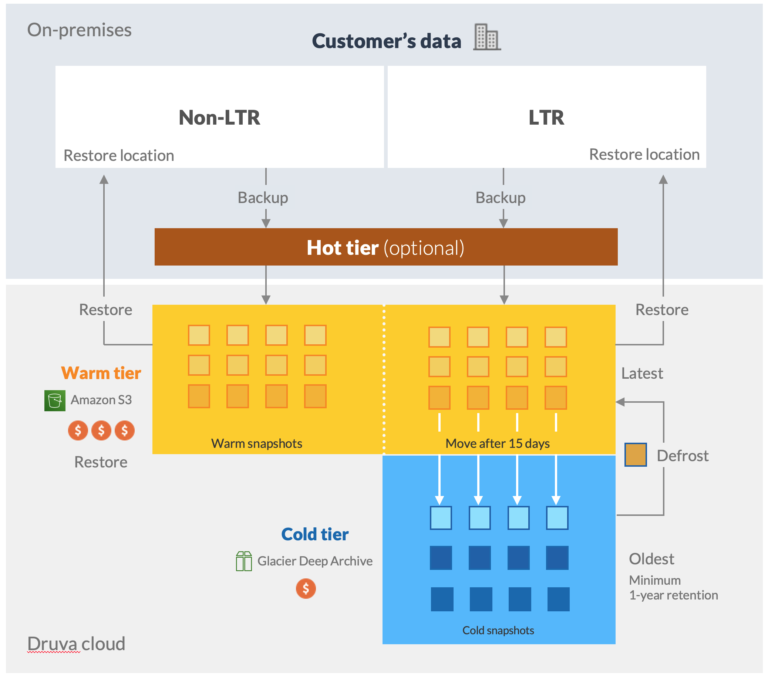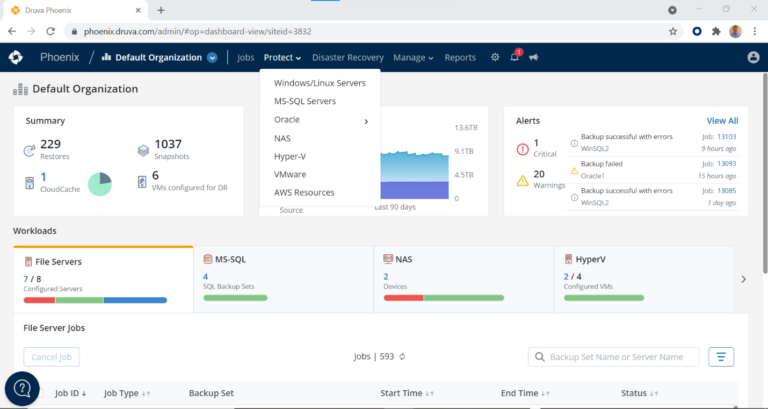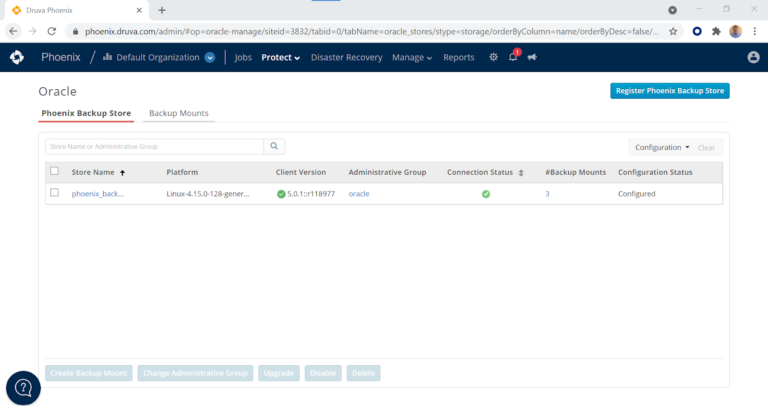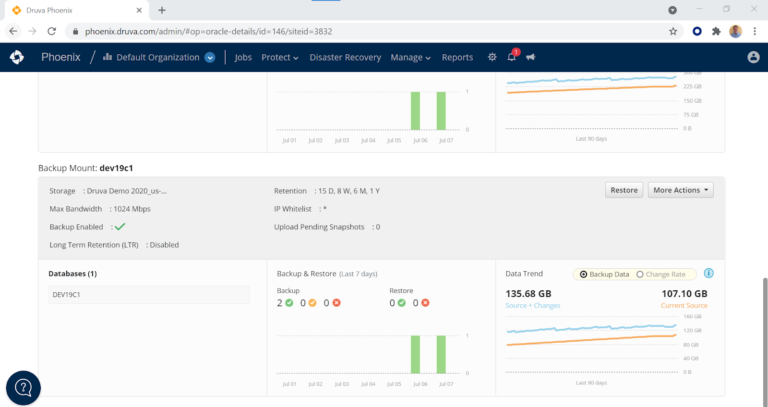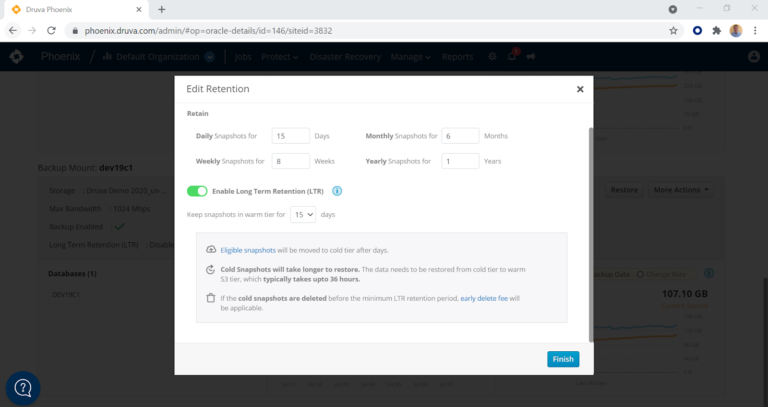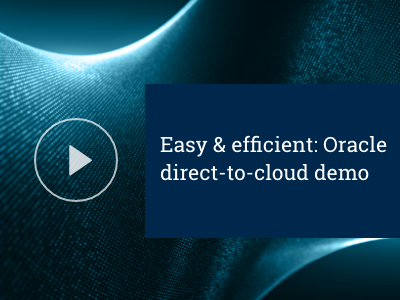Druva’s Phoenix Backup Store (PBS), is a software appliance that acts as both a ZFS storage pool and NFS server. It exposes storage to an Oracle relational database host for RMAN backups to the NFS target. In previous blogs, we discussed the utility of the PBS software appliance. In this blog, we will delve into the topic of enabling long-term data retention (LTR) for Druva backups utilizing PBS. But what exactly does LTR entail? LTR is an acronym that delineates a new form of storage tiering. This new tiering allows a backup administrator, or Oracle DBA acting as a backup administrator, to create a policy that essentially rolls RMAN backups to Deep Glacier Archive Storage in AWS — and in the process reduces storage costs up to 20 percent!
LTR advantages for Oracle and cost savings
Deep Glacier Archive is a storage modality of AWS or AWS EC2 architecture that the Druva cloud leverages. It allows a backup administrator the ability to deep archive backup data that is not necessary to keep on hand. The idea behind LTR is that the administrator and/or DBA knows his or her RPO and RTO intimately, and therefore is able to keep a number of backups on hand in the event of a disaster. Those backups that are not necessarily the most recent are then capable of policy tiering in terms of storage. The administrator simply assigns a policy to the particular backup, and after a period of time passes in terms of retention the backup simply rolls off automatically to cheaper, less frequently-accessed storage. The cost savings for this data is a substantial 20 percent, as previously mentioned.This storage tier is particularly advantageous for DBAs required to back up and secure financial or sensitive data governed by compliance regulations.
LTR, therefore, is a very powerful tool to enable efficient backup storage as well as storing the data in a cost-effective manner, while simultaneously adhering to the very rigid legal requirements attendant to the data. The LTR architecture is depicted in the following diagram:

